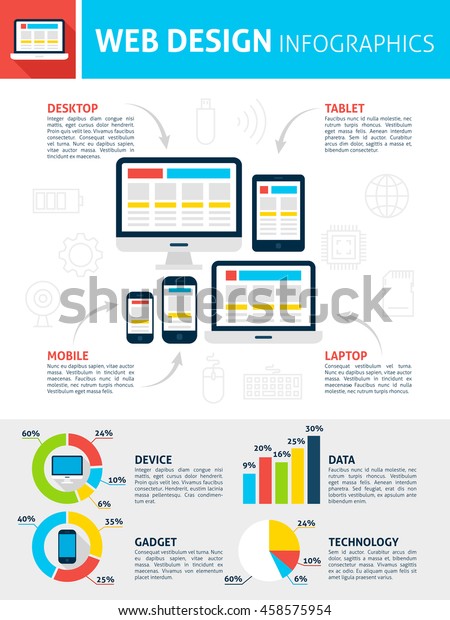Core Concepts Of Website Layout: Advice For Crafting A User-Friendly Online Visibility
Core Concepts Of Website Layout: Advice For Crafting A User-Friendly Online Visibility
Blog Article
Web Content Produce By-Aguirre Gammelgaard
When it pertains to internet site style, guaranteeing user-friendliness is crucial. From receptive layout to structured navigating, every component plays a critical duty in developing a website that satisfies your target market's needs. Yet what regarding the better details that can make or break a customer's surfing experience? Remain tuned as we reveal some often-overlooked suggestions that can raise your site's use to the following level, making it really stand out in the electronic landscape.
Importance of Responsive Design
Responsive style is a vital element of modern internet site development. Ensuring your site is receptive means that it can adjust to different screen dimensions and devices, giving a smooth experience for customers.
With the enhancing use of smart devices and tablet computers to access the net, having a receptive layout is crucial for getting to a bigger audience. It helps in enhancing customer experience by making your internet site very easy to navigate and keep reading any type of tool.
In addition, responsive style can positively impact your search engine positions, as search engines like Google focus on mobile-friendly sites. By having a responsive style, you're likewise future-proofing your website, as new tools with varying display sizes remain to arise.
Simplify Navigation Framework
To boost individual experience and assist in very easy access to details on your internet site, improving the navigating structure is vital. When developing your site, focus on producing a clear and intuitive navigation food selection that assists site visitors find what they're looking for rapidly.
Limit the number of food selection products to the basics, organizing related pages together to prevent overwhelming users. Use detailed labels that clearly suggest the web content of each web page, making it much easier for customers to comprehend where each link will take them.
Take into consideration implementing dropdown food selections for subcategories to prevent jumbling the main navigation bar. Additionally, include a search bar plainly on the page for individuals who like looking for certain information.
Focus on mobile responsiveness in your navigating style to make sure simple access on all gadgets.
Maximize Page Tons Rate
Improving page lots rate is vital for keeping visitors on your web site. Slow-loading straight from the source and can cause high bounce rates. To enhance web page tons rate, start by maximizing images. Compress photos without endangering top quality to reduce their data sizes.
Furthermore, make company website content for internet browser caching to store often accessed sources in your area, speeding up lots times for returning site visitors. Minify CSS, JavaScript, and HTML documents by removing unneeded personalities, remarks, and formatting, boosting lots rate.
Think about using a content delivery network (CDN) to distribute your site's web content across multiple web servers worldwide, lowering latency for individuals accessing your site from various locations. Last but not least, restrict the use of third-party scripts and plugins, as they can dramatically influence load times.
Conclusion
Finally, by incorporating responsive design, streamlining navigating, and enhancing page lots rate, you can develop a straightforward web site that interest a wider audience and enhances user experience. These essential elements make sure that visitors can quickly accessibility and browse your website across different devices, causing increased interaction and contentment. By focusing on these key facets, you can develop an effective website that maintains individuals returning for more.
